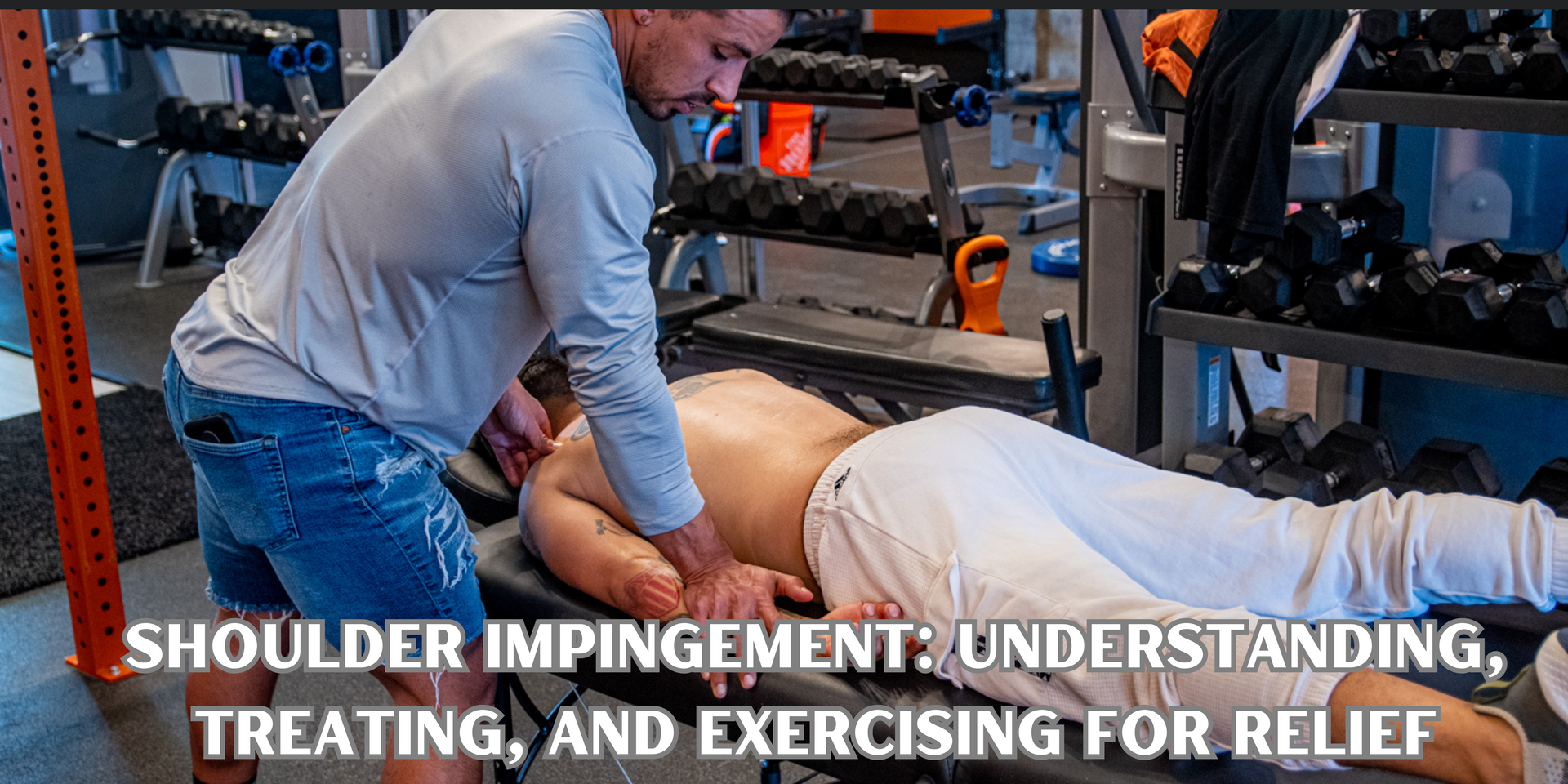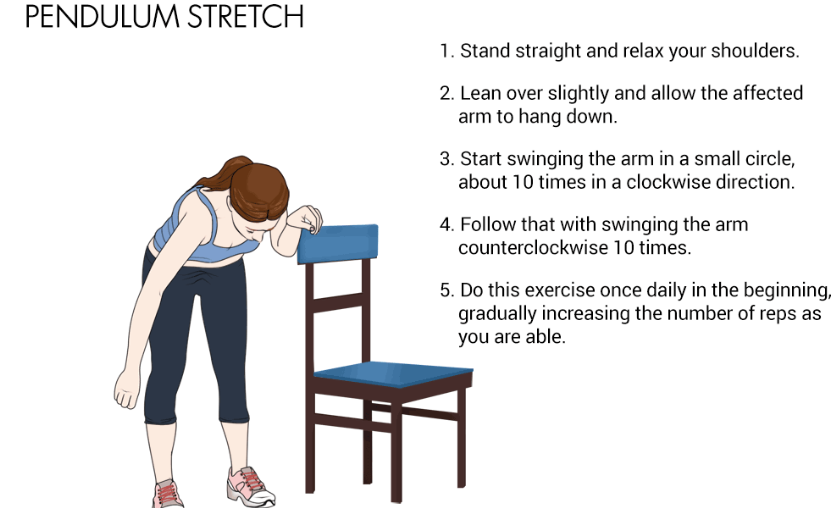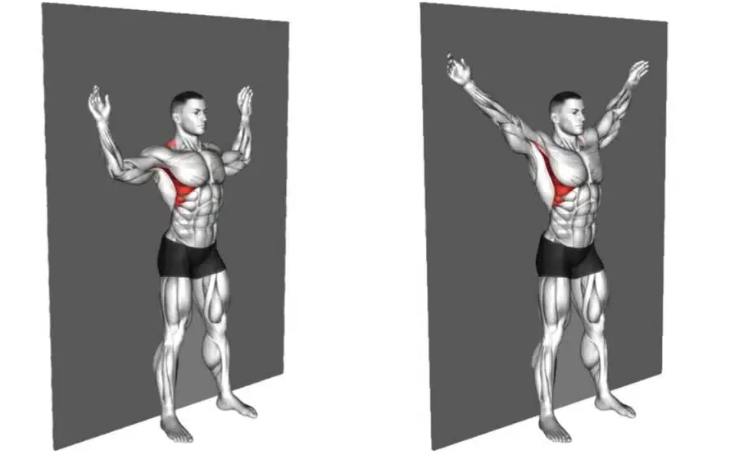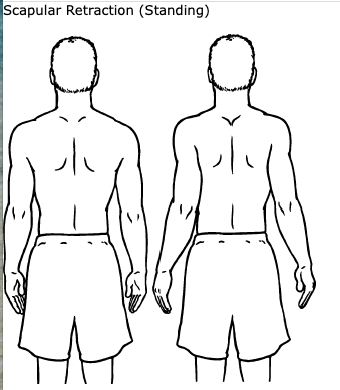SHOULDER IMPINGEMENT
UNDERSTANDING, TREATING & EXERCISING FOR RELIEF

UNDERSTANDING SHOULDER IMPINGEMENT & TREATMENT APPROACH
Shoulder impingement is a common condition that causes pain and discomfort in the shoulder joint, particularly when raising your arm or performing overhead movements. It occurs when the tendons of the rotator cuff and the bursa become compressed or irritated within the narrow space of the shoulder joint. Fortunately, with proper understanding, treatment, and targeted exercises, you can alleviate shoulder impingement and regain pain-free mobility.
Here, we delve into the causes of shoulder impingement, discuss treatment options, and explore exercises to help alleviate the condition.
Shoulder impingement often stems from repetitive overhead activities or poor shoulder mechanics. Some common causes include:
- Structural Factors: Anatomical variations such as a hooked acromion or bone spurs can reduce the space available for the tendons and bursa, leading to impingement.
- Muscle Imbalances: Weakness in the rotator cuff muscles and surrounding stabilizers, coupled with tightness in the chest and upper back muscles, can disrupt the optimal movement and alignment of the shoulder joint.
- Overuse or Repetitive Activities: Continuous overhead movements can lead to inflammation and irritation of the tendons, such as throwing a ball or lifting weights improperly.
If you suspect shoulder impingement, it is essential to consult with a healthcare professional for a proper diagnosis and personalized treatment plan. Treatment options may include:
- Rest and Modification: Avoid activities that exacerbate your symptoms, and modify your movement patterns to reduce strain on the shoulder joint.
- Private Training: A certified personal trainer can assess your shoulder mechanics, address muscle imbalances, and provide exercises to improve shoulder mobility, stability, and strength.
- Medications and Injections: Nonsteroidal anti-inflammatory drugs (NSAIDs) may be prescribed to reduce pain and inflammation. In some cases, corticosteroid injections might be recommended to alleviate symptoms.
EXERCISES TO ALLEVIATE SHOULDER IMPINGEMENT

While it's essential to consult with a professional for personalized guidance, the following exercises can generally help relieve shoulder impingement symptoms:
External Rotation with Resistance Band: Secure a resistance band at waist height. Hold the band with your affected hand and step away to create tension. Keep your elbow tucked at your side and rotate your forearm outward against the band's resistance. Perform 10-12 reps on each side.
Pendulum Swings: Stand with your unaffected hand resting on a surface for support. Gently sway your body back and forth, allowing your affected arm to hang freely. This exercise promotes relaxation and gentle mobilization of the shoulder joint.


Wall Slides: Stand with your back against a wall, feet about shoulder-width apart. Slide your arms up the wall, maintaining contact with your wrists, elbows, and shoulders. Focus on keeping your core engaged and avoid arching your back.
Scapular Squeezes: Sit or stand with your arms relaxed at your sides. Squeeze your shoulder blades together, imagining you are trying to hold a pencil between them. Hold the squeeze for a few seconds and release. Repeat 10-15 times.
.
.
.
.
.
.
.
.
.
.
Shoulder impingement can significantly impact your daily life and hinder your ability to perform physical activities. Understanding the causes, seeking appropriate treatment, and incorporating targeted exercises into your routine can help alleviate symptoms and restore shoulder function. Consult a healthcare professional or physical therapist for an accurate diagnosis and personalized guidance. You can find relief and regain pain-free shoulder mobility with patience, dedication, and the right exercises.

